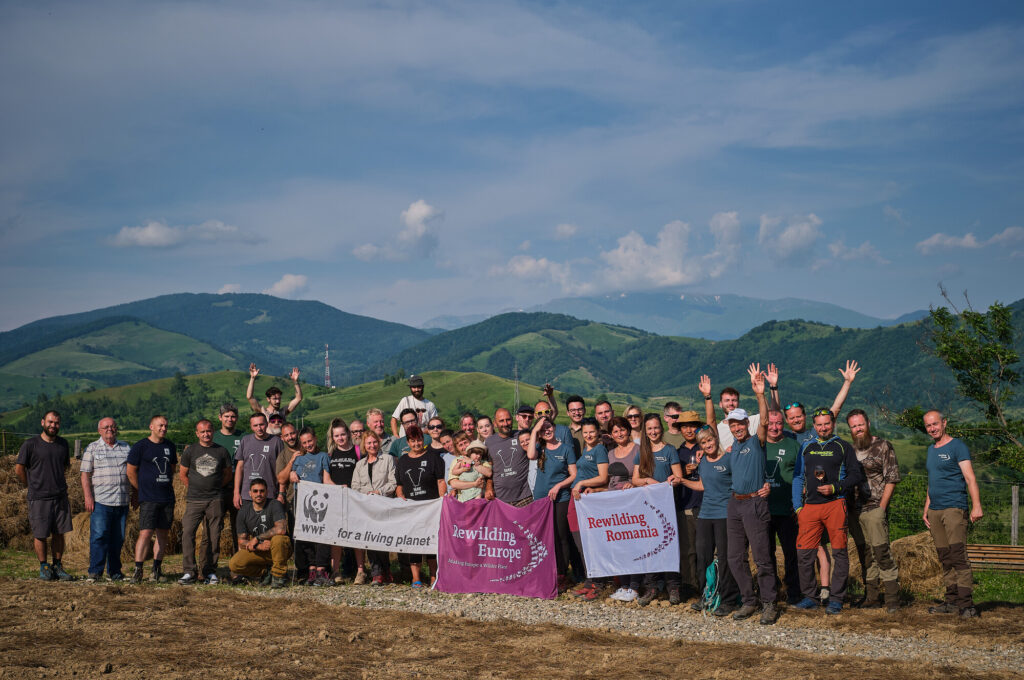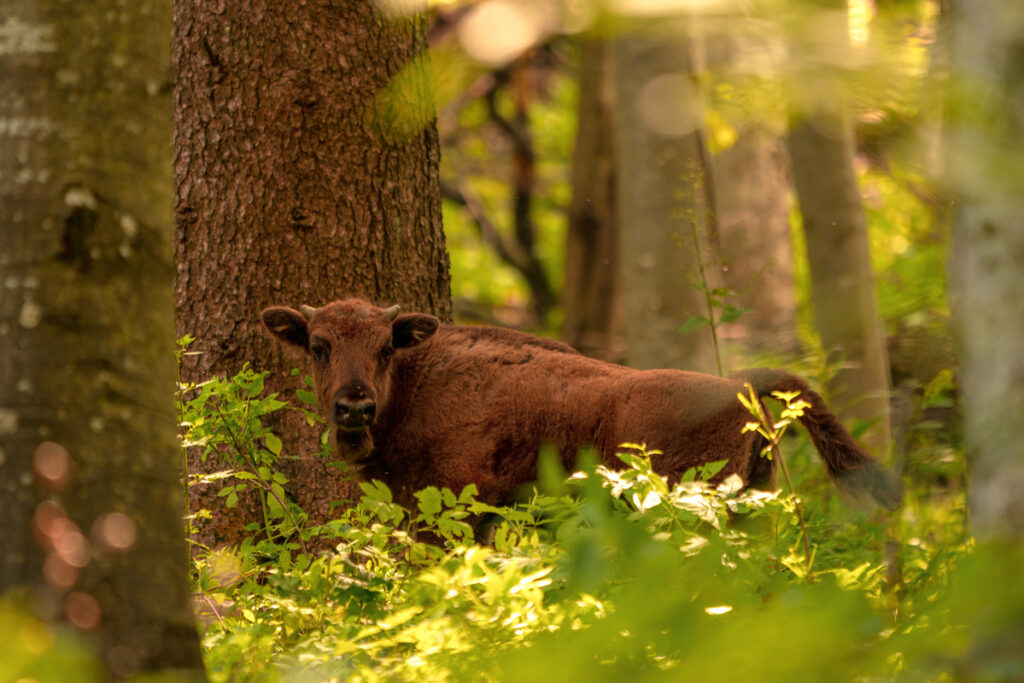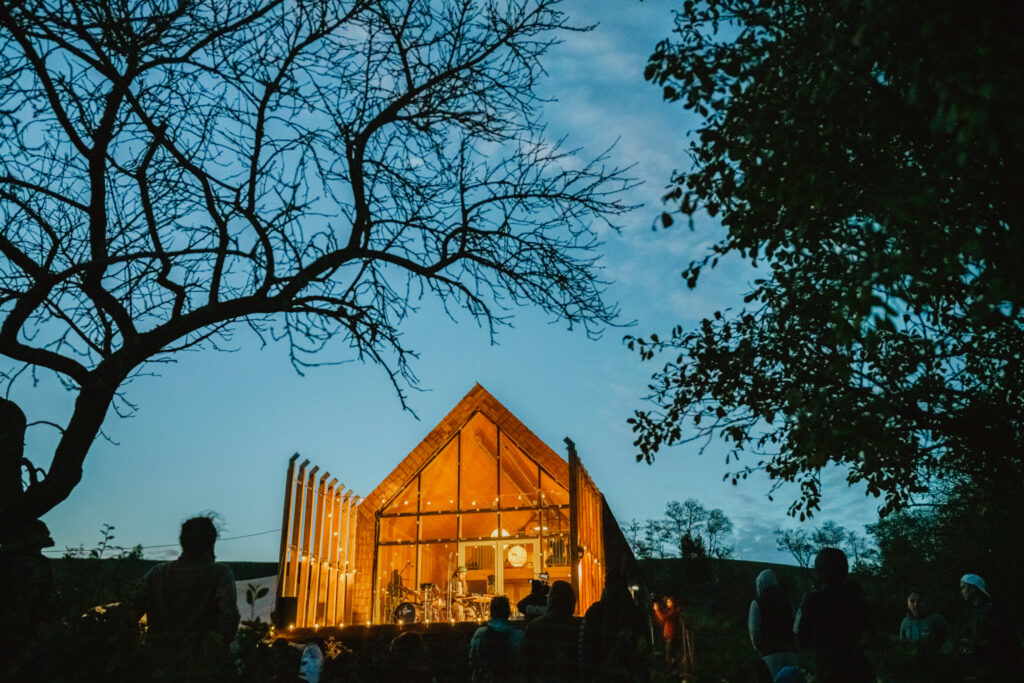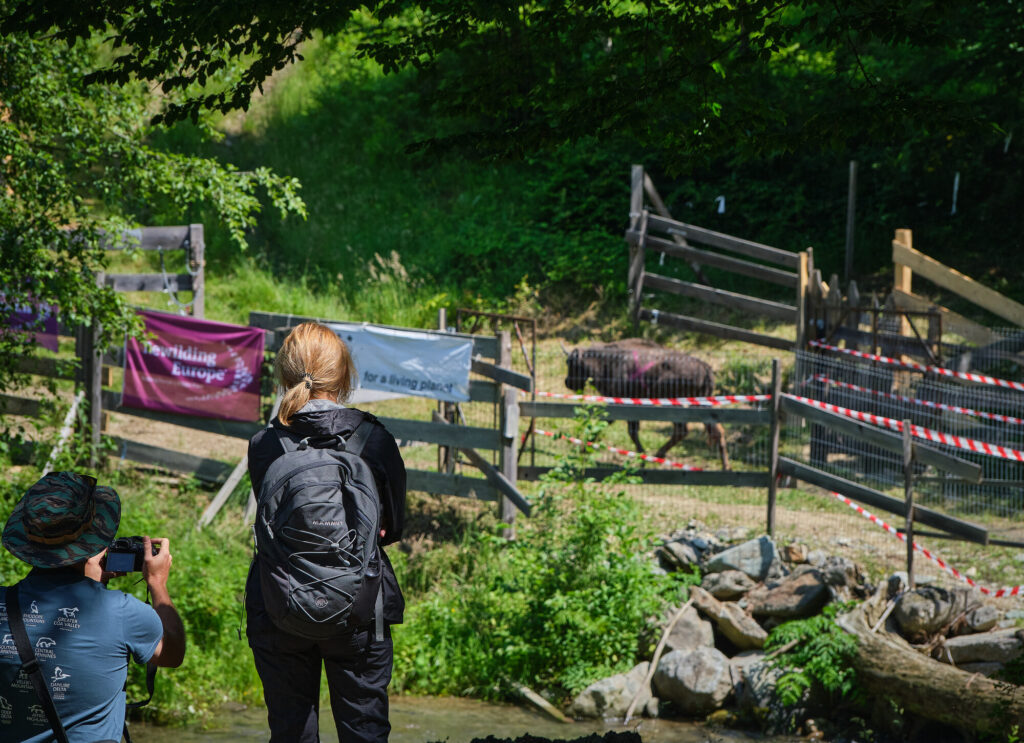Because of the continued work of Rewilding Romania and WWF Romania, the free-roaming European bison inhabitants within the Southern Carpathians rewilding panorama is flourishing. New, multi-partner efforts will take bison restoration to the following degree and guarantee native communities proceed to profit.
Daniel Mîrlea
Continued coexistence
Between 2014 and 2023, Rewilding Europe and WWF Romania translocated greater than 110 European bison to the Țarcu Mountains – part of the Southern Carpathians rewilding panorama the place no wild bison had roamed free for no less than 250 years. Based mostly on a genetic research carried out in 2022, the present inhabitants of European bison within the panorama is now estimated at round 180 people, which incorporates the discharge of eight further bison and new born calves in 2023. With this free-roaming inhabitants thriving and increasing naturally, the main focus of bison rewilding efforts is now coming into a brand new part.
With monetary help supplied by the EU’s LIFE Programme below a grant named “LIFE with Bison” – and in collaboration with Romania’s Analysis and Growth Institute for Wildlife and Mountain Sources, three Romanian municipalities, and WeWilder, the inexperienced financial arm of WWF Romania – Rewilding Romania and WWF Romania will construct on the proactive bison herd administration and stakeholder engagement undertaken within the Southern Carpathians thus far. They’ll make sure that the rising European bison inhabitants and individuals who dwell within the panorama can dwell alongside one another in a balanced and constructive approach, and that native communities profit financially from the return of this iconic species, by way of the world’s burgeoning nature-based financial system.
“Whereas the conservation standing of the European bison has improved lately, there are nonetheless many unknowns relating to the ecology of the species,” says Adrian Grancea, a venture officer main the bison rewilding efforts within the Southern Carpathians for WWF Romania. “This new initiative will give Rewilding Romania and WWF Romania the chance to additional diversify the genetic base of the rising inhabitants within the panorama, monitor and be taught from the free-roaming people it incorporates, and assist native communities in and across the reintroduction space to proceed growing in a sustainable approach.”

Vlad Cvașa
A thriving inhabitants
The Rewilding Romania staff estimate that greater than 20 bison calves had been born within the Southern Carpathians in 2022-2023. Representing the best variety of calves born in any yr since reintroductions started, this exhibits the free-roaming herds are flourishing within the panorama. Accounting for births and deaths, it means greater than half the entire inhabitants of bison within the Țarcu Mountains has now been born within the wild.
For a bison inhabitants to grow to be genetically viable, it wants to succeed in 150 mature people, which suggests a complete inhabitants of round 350 to 400 animals. If the inhabitants within the Southern Carpathians continues increasing at an analogous fee, it’s estimated that it’ll quantity between 350 and 450 people by 2030, though this can be a ballpark determine.
The vary of the bison inhabitants can also be steadily growing and is now estimated to be round 230 sq. kilometres – the quickest vary enlargement of any reintroduced European bison herd. In September, a bunch of bison made its approach south into Domogled Nationwide Park, the place they had been welcomed by the authorities. Extra just lately, the rewilding staff have seen one of many males that was translocated in 2023 affiliate with bison already within the panorama and journey 20 kilometres to the north of the discharge web site, in the direction of Retezat Nationwide Park.

Daniel Mirlea
Vast-ranging measures
Shifting forwards, Rewilding Romania and WWF Romania will perform a spread of measures to scale up the restoration of the European bison within the Southern Carpathians. The organisations managing three current bison populations in Romania will work along with the Romanian authorities on a nationwide technique and motion plan for the restoration of the species. Along with the bison within the Țarcu Mountains, a inhabitants managed by Romania’s nationwide forest administration Romsilva will be present in Vanatori Neamt Nature Park, whereas a inhabitants was reintroduced in 2019 within the Făgăraş Mountains by Basis Conservation Carpathia. Different populations could possibly be established within the nation to construct a meta-population throughout the entire Carpathian mountain chain and past. Within the Țarcu Mountains, the long-term viability of the present bison inhabitants will likely be strengthened by growing its measurement and genetic variety, with additional translocations of animals anticipated.
Along with measures designed to construct and keep constructive relations between individuals and bison – which embody group outreach and ranger patrols – Rewilding Romania and WWF Romania will regularly monitor the well being of the free-roaming herds. This can minimise the danger posed by the potential transmission of illness current in native livestock. To advertise human-bison coexistence on a continental scale, the staff may even share experience and expertise with different bison rewilding initiatives throughout Europe, together with within the Oder Delta. In 2017, a wild European bison was shot after it crossed the border from Poland into Germany close to the city of Lebus, to the south of the delta, highlighting the necessity for extra complete measures to help bison comeback.

Vlad Braga
Ongoing challenges
The European bison, Europe’s largest fatherland mammal, was traditionally distributed all through western, central and southeastern Europe. As a consequence of habitat destruction and intense looking, the species was near extinction within the Twenties. It’s from this low level that the European bison has slowly however certainly inched its approach again, supported by varied breeding programmes and reintroductions, with greater than 7000 people now roaming free throughout Europe.
Regardless of this comeback, the European bison stays very depending on conservation motion and faces severe threats in Romania and past. All the European inhabitants may be very fragmented and has restricted genetic variety – a consequence of inhabitants restoration from solely 12 captive people. This makes European bison significantly susceptible to ailments resembling blue tongue virus, foot-and-mouth illness, balanoposthitis, bovine tuberculosis, and different respiratory diseases.
The capability of the European bison to trigger agricultural and forestry-related injury also can generate low ranges of acceptance, and has led to calls to restrict the expansion of some populations. These threats are exacerbated by misaligned insurance policies each at European and nationwide degree. In Romania, challenges embody confusion over the authorized standing of the species, which is categorised as each a protected species and a recreation species – this may additionally result in confusion over who takes duty for coexistence measures.

Vlad Cvașa
Various funding
The price range for Rewilding Romania’s work to help bison comeback within the Southern Carpathians between 2024 and 2028 is 5.24 million euros, with the LIFE Programme contributing 75% by way of the LIFE with Bison grant. The LIFE Programme is the European Union’s funding instrument for the setting and local weather motion. Rewilding Europe is offering co-funding, because of monetary help from Cartier for Nature and Fondation Ensemble.
Funded by:

Coordinating beneficiary:
Companions:



















